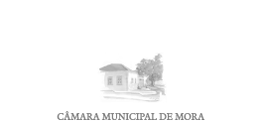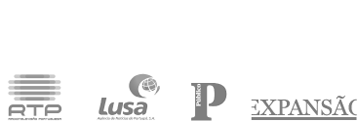“We are going through difficult times”, stated Jacinto Amaro, head of the Portuguese Hunting Federation (FENCAÇA).
However, these difficult times only apply to traditional hunting. Large game hunting – boar, doe, deer, fallow deer, and mouflon – remains unaffected by the crisis.
Traditional hunting, made in associative-collective lands, is strongly affected by the economic crisis because hunters are losing their financial capability. Many people are abandoning this activity due to unemployment and a slump in consumption spending; hence, it has turned into a sport of the wealthy. From a total of 350 thousand hunters of a few years ago, we now have around 150 thousand.
At the same time, there’s an increasing demand for large game – in properties with hundreds of acres where animals are bred as game, the amount hunters need to pay stays above 250 Euros and sometimes goes up to 5,000 Euros. Here, new clients keep showing up and many are from other countries. The number of big-game hunters increased to around 30 thousand.
For some landlords it is more profitable to produce boars and set up this type of hunting every two years, instead of breeding Iberian pigs, cows or sheep. Also, certain species, such as the hare and the partridge, are now practically gone from these regions and this adds to why people are turning to larger game.
Alentejo is still the best area at the national level, presenting a wider variety in terms of hunting types. In this region we find hare, partridge as well as deer and boar hunting. It is also the region of latifundia [great landed estates] where only a few people hunt the animals bred in-situ.
The Estação de Imagem Grant will allow me to record a whole year of hunting in Alentejo – the prime region for this practice in Portugal – documenting the “coutadas” [game estates], associative hunting areas, ‘montarias’ and also falconry.
To develop this project it is necessary to follow hunting’s yearly calendar, which means observing the hunting sessions and hunters in accord with the breeding seasons.
The grant will be used to cover logistics: film and development, transportation, food, and accommodation.
The Estação de Imagem Grant will make it possible to document on the varied types of hunting in Portugal and how the correspondent practices take place throughout the year – specifically, hare, boar, thrush, fox, and deer hunting. The work will also bring insight as to who has access to hunting resources in Portugal and its distribution across the social structure.
Does hunting contribute to rural development or to biological diversity? Is hunting a sport of the wealthy?
These are the questions that set me out to develop the “Large Game” project.
António Pedrosa
April 2013


